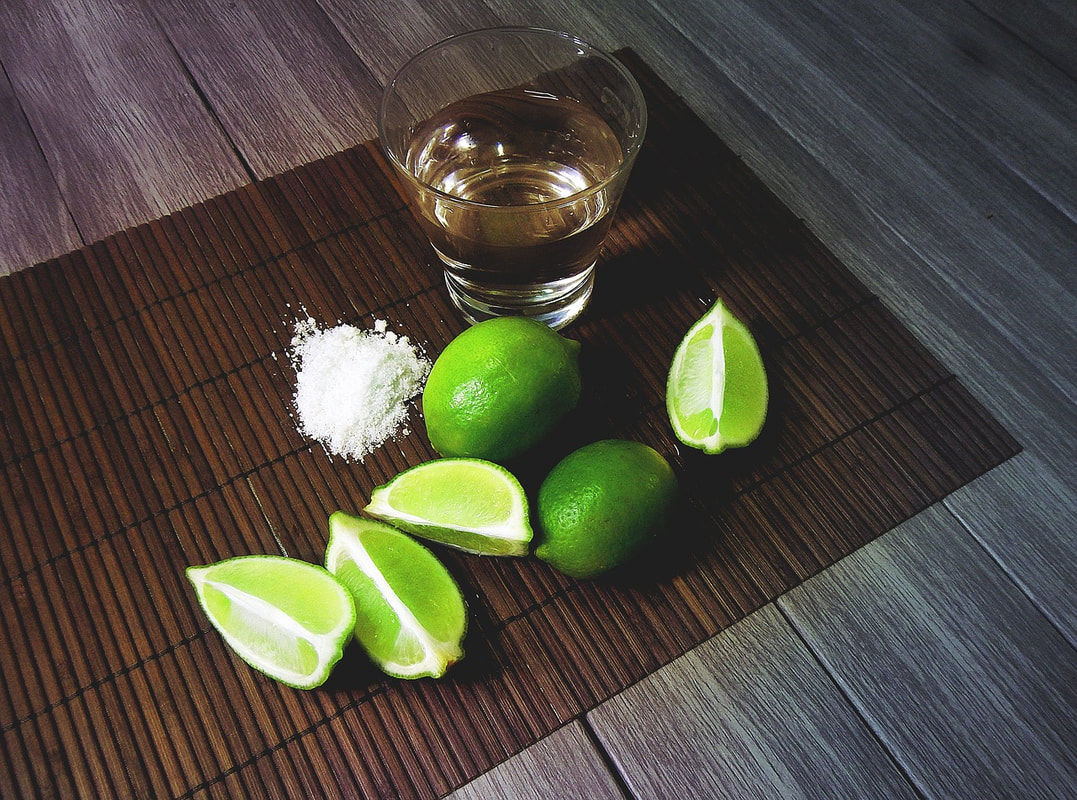|
9/19/2017 Think About It - TequilaBy popular request, Nutripol is bringing you an alcohol-themed Think About It! We're kicking things off with tequila, which is perhaps one of the most polarising alcoholic beverages on the market (you either love it or you hate it, right?). Learn all about what tequila is actually made out of, what effects over-consumption can have on your health, and the dangers of consuming it on an empty stomach. Normally, Nutripol operates under the assumption that no food or beverage should ever be banned (we don’t like diets over here!), and that everything can and should be enjoyed in moderation. Alcohol is no exception, but it comes with a particularly stringent set of requirements. First of all, it is illegal to consume alcohol in the United States under the age of 21 (we are currently operating out of Australia, where the legal drinking age is 18). Secondly, binge drinking is a dangerous hobby that kills 88,000 Americans each year. Please drink responsibly.
The process of making tequila is actually significantly more complex than I ever thought it would be. It’s also stringently regulated — there are over 300 varieties of agave, but only alcohol produced from the agave tequiliana (also known as “blue agave”) plant specifically can legally be sold as tequila. This plant is native to the arid central regions of Mexico, and with the exception of a few different municipalities, the state of Jalisco is the sole producer of all of the world’s tequila. It’s actually surprisingly difficult to find any sort of nutrition facts on alcohol (the FDA does not oversee the Alcohol and Tobacco Tax and Trade Bureau and thus cannot mandate Nutrition Facts Labels), especially since the caloric load can vary dramatically between beverages. On average though, one shot of tequila contains 64 calories. This doesn’t seem particularly problematic on its own (because it isn’t), but the the real issue reveals itself in the context of volume. According to a study by the National Survey on Drug Use and Health, 39% of college students admit to engaging in binge drinking (over four drinks in one sitting for women and five for men). Assuming that a person took five shots of tequila in one night, that would add up to 320 calories. This also assumes that these shots are taken only with the addition of salt and lime — any “chasers” that are used afterwards to mask the taste of the alcohol carry their own caloric burden. The frozen margarita is another common medium for tequila consumption. The combination of the alcohol and the sugar-based fruit mix is very calorically dense, with around 390 calories and 60 grams of sugar in one drink. That's more than 100% of the FDA-daily recommended value for added sugars. The addition of sugar can often cause effects that are far more pronounced and long lasting than those of pure alcohol alone — one study demonstrated that the combined administration of alcohol and sugar increased the number of mistakes made while driving during the subsequent hangover period. Hangovers still baffle scientists and exhausted college students alike, but some argue that the presence of congeners (by-products of alcohol fermentation) are the main culprit for that pounding headache and perpetual nausea. Tequila that is 100% blue agave has a lower congener concentration than most other brown liquors, so it's been marketed as a "hangover-resistant" option. However, the results of another study didn't case it in such a favourable light. This work attributed most of the hangover symptoms to the presence of the ethanol itself, and tequila is legally allowed to contain anywhere from 38% to 55% alc./vol. (in the United States the minimum threshold is actually 40% alc./vol., but either way that is a lot of alcohol). The health benefits of tequila are also particularly contentious — one study argues that it could be suitable for pre-diabetic patients, since the blue agave is allegedly indigestible and thus does not raise blood sugar levels. However, another study shows that the acetylaldehyde (produced when your body is metabolising ethanol) concentration in saliva after drinking spirits is well above the level previously determined to be carcinogenic. Another study found a correlation between tequila consumption and adverse levels of glucose, insulin sensitivity, and homocysteine. Homocysteine is a risk factor for cardiovascular disease, and its effects are known to be more pronounced for patients with type 2 diabetes. Furthermore, these results were demonstrated in individuals who consumed 30mL of tequila every day for 30 days — that’s less than one shot per day. Ways to Think About It:
Disclaimer: I am not a licensed nutritionist nor a registered dietician. The opinions expressed in this article are my own, and each individual is ultimately responsible for his/her dietary and nutrition practices. Please consult a physician before starting a new dietary program. Comments are closed.
|
categories: |

